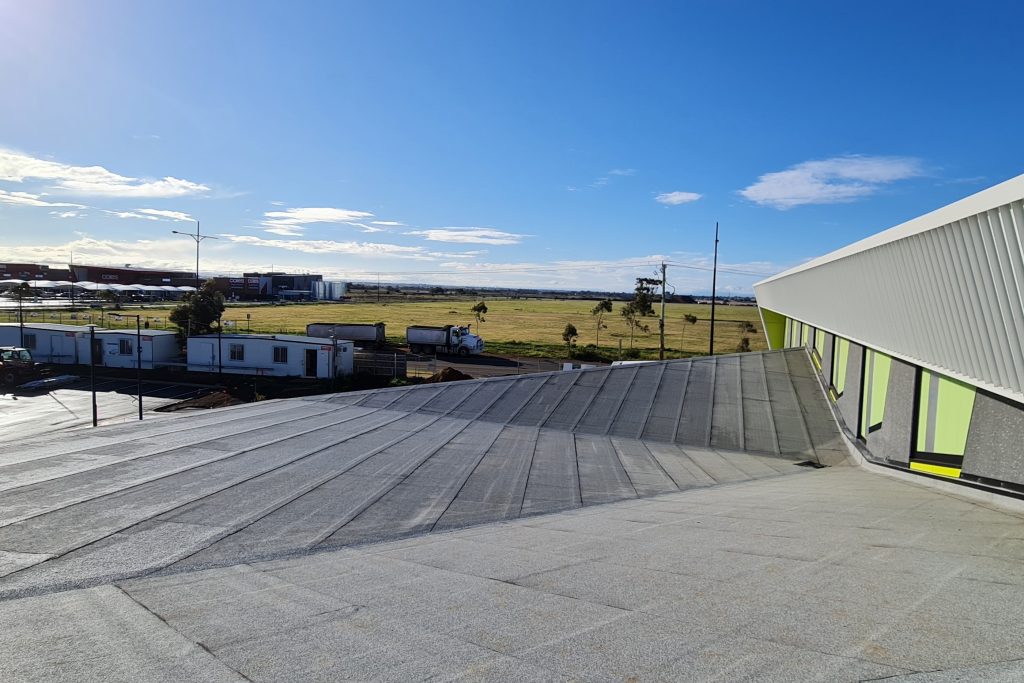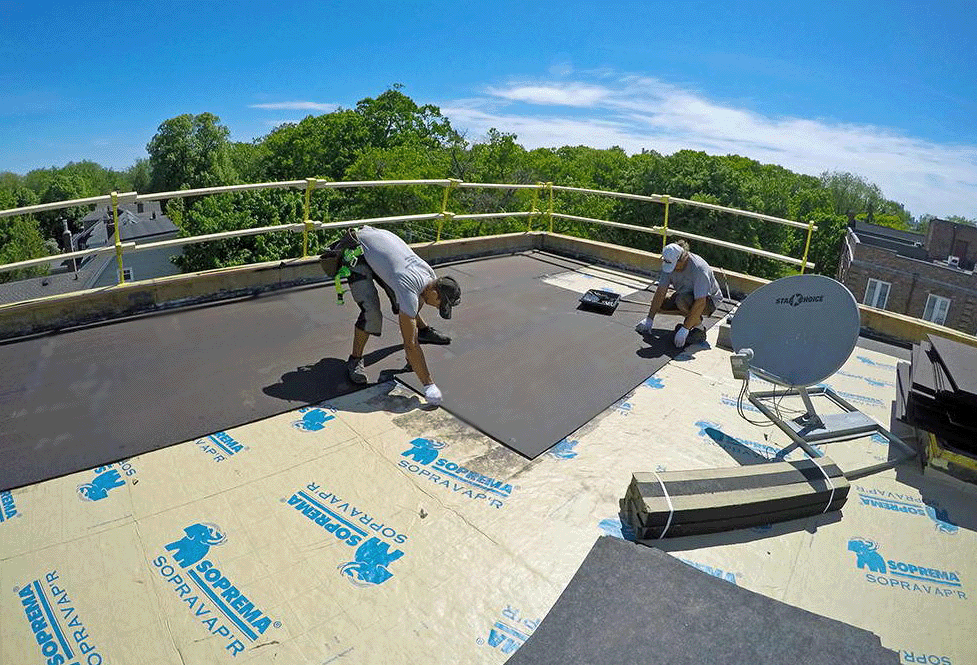If you’re embarking on a roof insulation project, whether it be as part of a conversion, extension, new build or just maintenance, you need to first consider whether you will select a cold roof or warm roof style of insulation.

There are two ways to categorise how a roof has been set up to manage heat loss during winter and heat gains during summer – a warm roof or a cold roof, and the difference relies on the placement of the insulation layer. If your next roof insulation project is a new build, you first need to consider whether you will select a cold roof or a warm roof insulation system.
COLD ROOFS
In a cold roof insulation system, the thermal insulation layer is positioned in the ceiling cavity between joists, below the structural deck. It is called “cold roof” as the roof deck is on the cold side of the insulation in winter– as the rafters remain uninsulated, on a cold day they would conduct some of the cold into the rooms below (known as thermal bridging).
WARM ROOFS
In a warm roof system, the insulation layer is installed above the structural roof deck, on top of a vapour control layer and immediately below its waterproofing membrane, keeping the structural deck “warm” in winter. With this, a warm roof prevents any thermal bridging and provides a better thermal performance while avoiding condensation issues.
WARM ROOF CONSIDERATIONS
There are certain things to consider when designing warm roofs, from the type of insulation you use to calculating the risk of condensation within the roof structure. A SOPREMA representative will be able to help you on every step of the way.
1. VAPOUR BARRIER
Having a well-insulated roof doesn’t solely depend on the quality of the insulation material used. The vapour barrier must be of equal quality and correctly installed. The vapour barrier prevents the thermal insulation material from getting damp, as a damp insulation layer loses a great deal of its insulation value.
Learn more about SOPREMA’s vapour barrier SOPRAVAP’R.
2. INSULATION TYPE AND CONDENSATION RISK ANALYSIS
When selecting the right insulation, it is important to look into its thermal efficiency, and this means looking into its R-value or Thermal Resistance. Higher R-value of the insulation means better heat transfer resistance and therefore superior energy saving levels. With one of the highest R-value per mm in the industry, SOPRA-ISO polyisocyanurate is one of the most effective thermal insulation products on the market.
Compressive strength is another element that can play an important part in the selection of roof insulation. It refers to the weight that insulation can withstand before deformation occurs. A higher compressive strength means better resistance to the loads the insulation will withstand. These loads can take the form of pedestrian traffic, stagnant water, solar panels, etc. SOPRA-ISO has superior compressive strength and can withstand most loads without compromising its integrity and thermal performance.
Lastly, when designing a warm roof, it is important to carry out a condensation risk analysis. SOPREMA will take care of the condensation risk analysis and the necessary R-Value calculations for your project to ensure the correct thickness of insulation is applied and optimal performance is obtained, creating a condensation free roof structure.
3. UPSTANDS
Additional attention should be given to the location of any windows, higher-level roofs, doors coming out onto the roof and the height of the door thresholds. According to manufacturer recommendations, upstands have to be at least 150 millimetres above the finished roof level – a requirement that often gets overlooked. For instance, if you are designing a warm roof and the total warm roof build-up thickness is 100 millimetres, then the upstand needs to be at least 250 millimetres to ensure it is 150 millimetres minimum above the finished warm roof.
4. DRAINAGE
You should also be aware of the roof drainage accessories – in particular the locations of any outlets. These locations shall be determined prior to the design of the insulation. The right type of drain outlet shall be chosen to minimise the risk of leaf litter and debris gathering in certain roof areas. Similarly, when designing a single-ply PVC roof with profiles or a modified bitumen roof with battens, attention should be given to the location of the decorative profiles or battens, so that they will not impede the flow of water. After all, the main concern is to avoid standing water on the roof surface (which would certainly end up gathering leaves and debris). Choosing the right drainage accessories is as important as using an adequate fall to rainwater outlets, as it will avoid water ponding. SOPREMA will help you out to ensure the fall complies with building standards.
